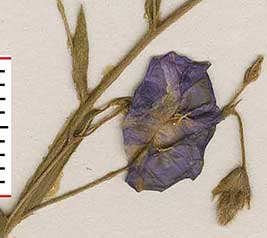
E. arizonicus, Miller Canyon, AZ |
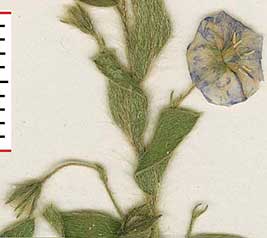
E. alsinoides, Jim Hogg Co. |
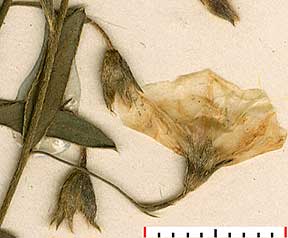
E. sericeus var. cymosus, San Patricio Co. |
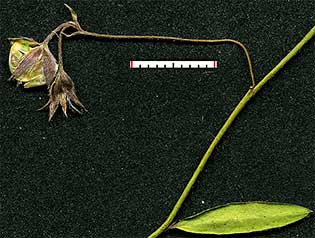
E. sericeus var. cymosus, Hays Co. |
|---|

E. arizonicus, Miller Canyon, AZ |

E. alsinoides, Jim Hogg Co. |

E. sericeus var. cymosus, San Patricio Co. |

E. sericeus var. cymosus, Hays Co. |
|---|
The following key presents a different approach to identification of U.S. Evolvulus taxa (including those same taxa in Mexico and Central America). It is based on examination of over 750 U.S., Mexican and Central American Evolvulus collections from TX/LL, GH, US, NMC, NMCR, UNM, SRSC herbaria, my own field observations and collections, and online specimens at US, JSTOR and TROPICOS. [For a relevant selection from van Ooststroom's key.]
Apart from a glabrous/pubescent distinction, I have concluded that vague vestiture terminology (e.g., 'loose', 'spreading') and corolla color are not useful differentiae. Sepal form has limited validity, in that E. sericeus sepals are never "lanceolate or narrow-lanceolate" (van Ooststroom p. 101) which suffices to rule out E. sericeus in all areas, but is not sufficient for the full range of E. nuttallianus variation.
This key focuses foremost on venation type, noted by van Ooststroom for most taxa, although his ability to observe the venation in our taxa was limited. Leaf–clearing and transmitted–light techniques (some low tech) have shown that all specimens with clear E. sericeus and E. discolor habit and phyllotaxis characteristics have basal acrodomous or palmatipinnate leaf venation, and all specimens lacking these characteristics have pinnate vennation.
One consequence of this key is that many collections from the Trans-Pecos and western states that border Mexico which in 2012 were placed with E. nuttallianus will now be correctly determined as E. discolor. (van Ooststroom's E. sericeus var. discolor). To the extent that these collections have influenced existing keys and descriptions, such work will need to be reevaluated.
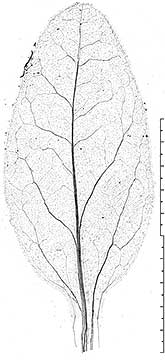
E. nuttallianus, Utah |
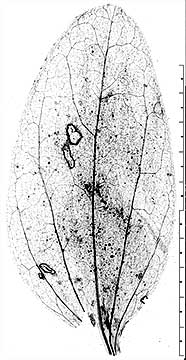
E. discolor, Brewster Co. |

E. sericeus, Brazos Co. |
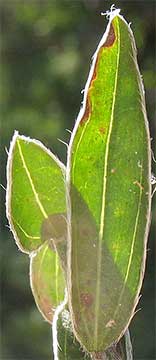
E. sericeus var. cymosus, Hays Co. |
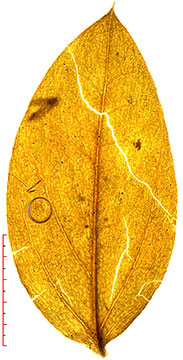
E. sericeus var. holosericeus, Chiapas, Mexico |
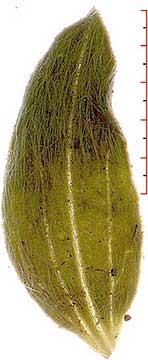
E. discolor, Chihuahua, Mexico |
|---|
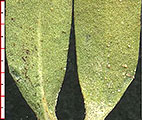
E. nuttallianus, glabrous form, Hays Co. |
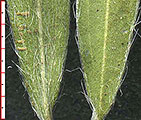
E. sericeus var. cymosus, Hays Co. |
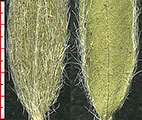
E. sericeus var. sericeus, Kleberg Co. |
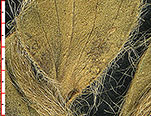
E. discolor, Central New Mexico |

E. discolor, Jeff Davis Co. |
|---|
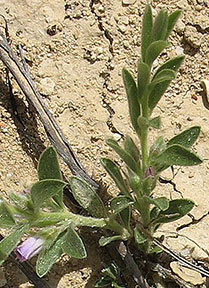
E. nuttallianus, Hays Co. |
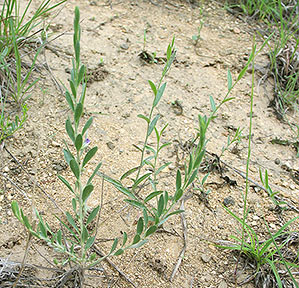
E. nuttallianus with E. sericeus var. cymosus, Hays Co. |
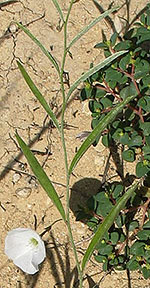
E. sericeus var. cymosus, Hays Co. |
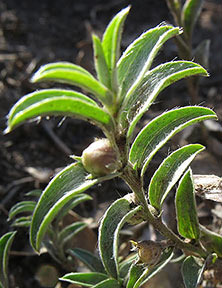
E. discolor, Jeff Davis Co. |
|---|
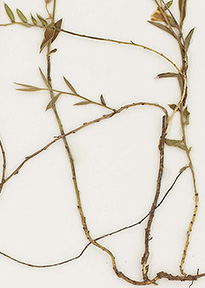
E. sericeus var. sericeus, Tamaulipas, Mexico |
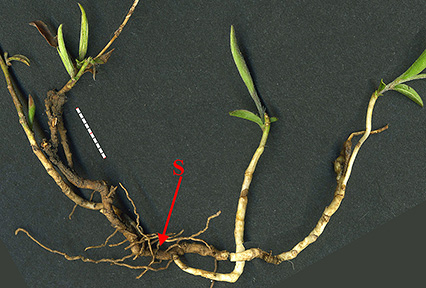
E. sericeus var. cymosus, Hays Co. |
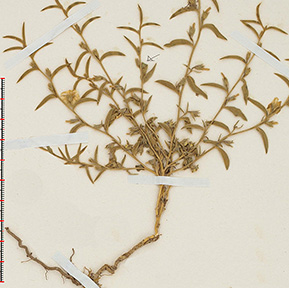
E. discolor, Jeff Davis Co. |
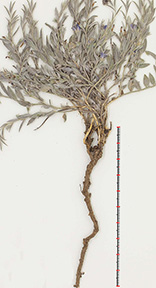
E. discolor, Presidio Co. |
|---|
1In my opinion E. alsinoides and E. arizonicus are best treated as varieties of a single taxon. van Ooststroom 1934 (75-76) seems to have reservations about the status of E. arizonicus, noting "both the Arizona speicmens and the Argenina ones are rather variable in habit, size, form of the leaves and indumentum." Differentiae presented by Austin 1990, Felger et al. 2012. — i.e., sepal length, corolla size, vestiture, leaf shape – are partially overlapping or nearly overlapping (ranges) (as in the following table):
| E. alsinoides | E. arizonicus | |
|---|---|---|
| Sepal length | 2–2.5 mm | 3–3.5 mm |
| Corolla width | (5–) 7–10 mm | (10–)12–22 mm |
| Leaves | elliptic, ovate or oblong to lanceolate | lanceolate to linear-lanceolate |
| Stem vestiture | long spreading trichomes | appressed pilose to tomentose, rarely with spreading trichomes |
| Sepal vestiture | densely pilose | pilose to tomentose |
2An alternative venation–based key would eliminate any need for pubescence, since long–peduncled taxa, with the exclusion of E. sericeus, do not have palmatipinnate venation; i.e.,
A more serious problem with pubescence is that without additional qualifications, it limits the above key to northern Mexico, since the long–peduncled E. filipes, which, like E. sericeus, has forms with the upper leaf surface glabrous and is known from Sinaloa, Durango, and Vera Cruz (van Ooststroom, p. 68).